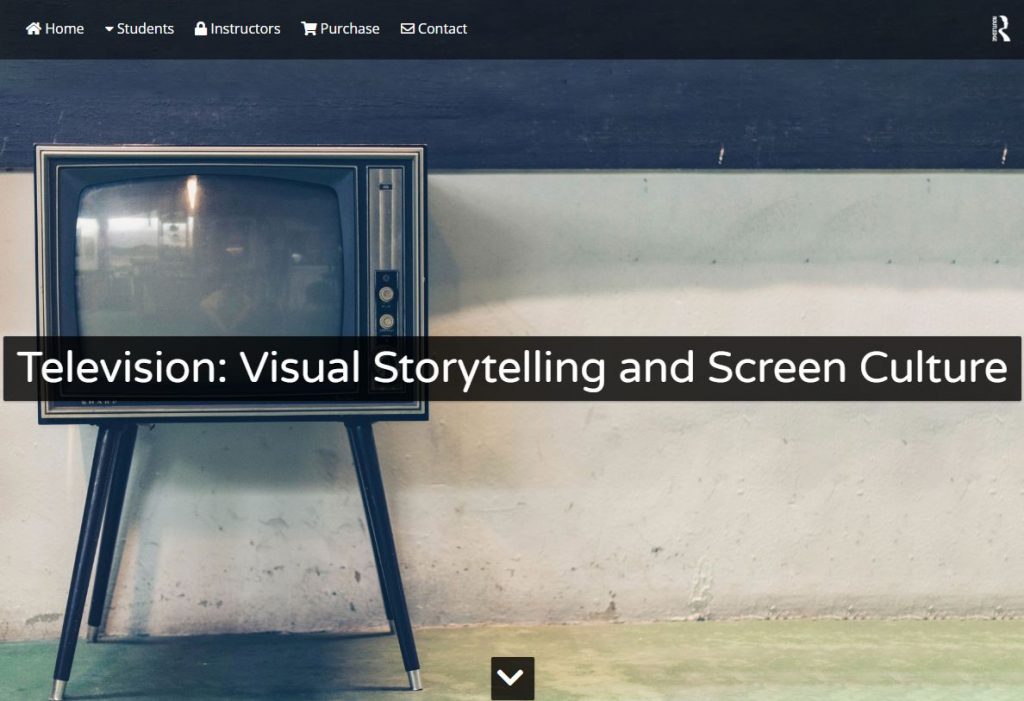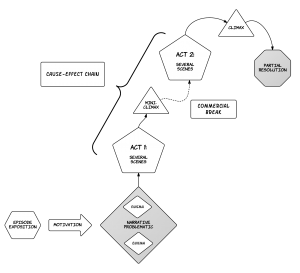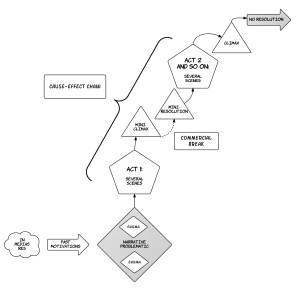 Television: Visual Storytelling and Screen Culture has been revised, renamed, and updated. Plus, a new chapter by Amanda D. Lotz has been added.
Television: Visual Storytelling and Screen Culture has been revised, renamed, and updated. Plus, a new chapter by Amanda D. Lotz has been added.
Television was released last month and is available for summer and fall classes. Examination copies may be requested here:
bit.ly/tvexam
The marketing team says:
Under the title, Television: Critical Methods and Applications, this textbook has served as the foremost guide to television studies for over two decades. The new, fifth edition, offers readers an in-depth understanding of how television programs and commercials are made and how they function as producers of meaning. It shows the ways in which camera style, lighting, set design, editing, and sound combine to produce meanings that viewers take away from their television experience.
HIGHLIGHTS OF THE FIFTH EDITION:
- A new subtitle to reflect the broader scope of what qualifies as “television” in the 21st century: “Visual Storytelling and Screen Culture.”
- An entirely new chapter by Amanda D. Lotz on television in the contemporary digital media environment. (Lotz’s next book, We Now Disrupt This Broadcast: How Cable Transformed Television & the Internet Revolutionized It All will be published by MIT Press this month.)
- Discussions integrated throughout on the latest developments in screen culture during the on-demand era—including the impact of binge-watching and the proliferation of screens (smartphones, tablets, computer monitors, etc.).
- Updates on the effects of new digital technologies on TV style.
- A forthcoming companion Website with PowerPoint presentations, sample syllabi, and sample student papers for instructors.
RECENT REVIEWS:
“There is, quite simply, no more comprehensive resource for the student of television.” -Heather Hendershot, Massachusetts Institute of Technology
“Instructors of undergraduate television studies courses know that Butler’s Television is a smart, accessible, and indispensable teaching tool, whether our objects of study are The Beverly Hillbillies or Breaking Bad, Monday Night Football or Meet the Press.” -Mary Desjardins, Dartmouth College
“Given television’s pervasive presence in our personal and political lives today, it’s vital to understand how TV works as an expressive form, a business, and a cultural force. Jeremy Butler’s updated Television proves more indispensable than ever before in exploring these facets of the medium.” -Christine Becker, University of Notre Dame
“Television remains the best book out there for introducing students to the art, industry, and culture of television as we actually experience it. An essential guide to the stories television tells, yesterday and today.” -Michele Hilmes, University of Wisconsin, Madison
TABLE OF CONTENTS
- PART I TELEVISION STRUCTURES AND SYSTEMS
- Chapter 1 An Introduction to Television Structures and Systems: Ebb and Flow in the Network Era
- Chapter 2 Television in the Contemporary Media Environment, by Amanda D. Lotz
- Chapter 3 Narrative Structure: Television Stories
- Chapter 4 Building Narrative: Character, Actor, Star
- Chapter 5 Beyond and Beside Narrative Structure
- Chapter 6 The Television Commercial
- PART II TELEVISION STYLE: IMAGE AND SOUND
- Chapter 7 An Introduction to Television Style: Modes of Production
- Chapter 8 Style and Setting: Mise-en-Scene
- Chapter 9 Style and the Camera: Videography and Cinematography
- Chapter 10 Style and Editing
- Chapter 11 Style and Sound
- PART III TELEVISION STUDIES
- Chapter 12 An Introduction to Television Studies
- Chapter 13 Textual Analysis
- Chapter 14 Discourse and Identity
- Appendix I: Sample Analyses and Exercises
- Appendix II: Mass Communication Research
- Glossary
Further information:
bit.ly/tvvssc








